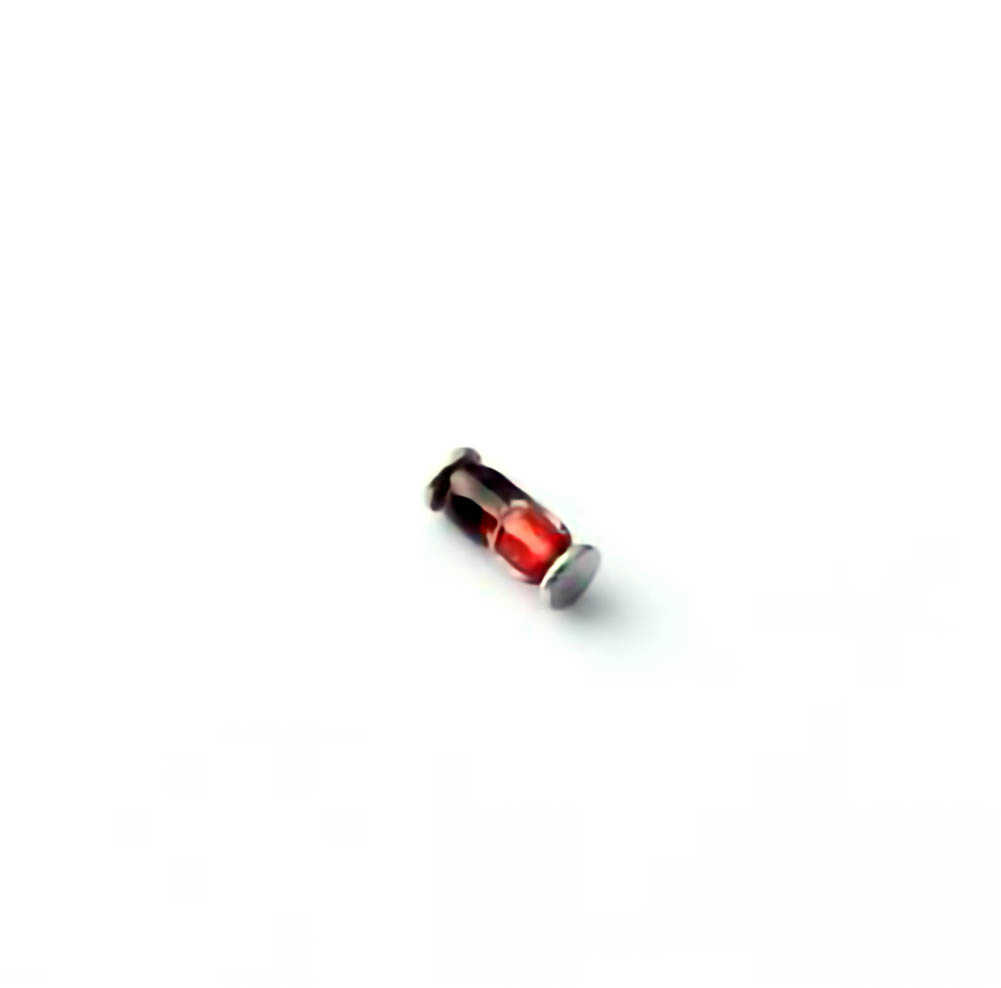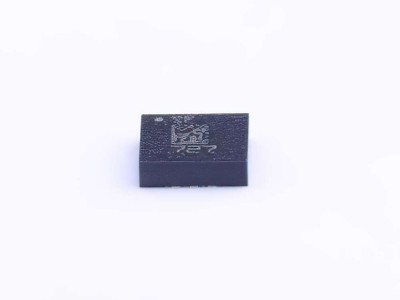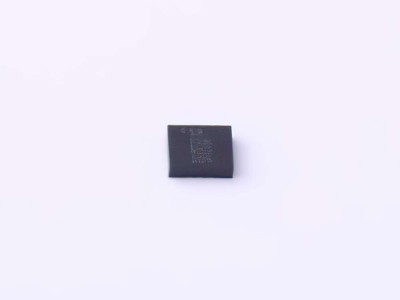
Understanding the LL4148 Diode and Common Issues
The LL4148 is a small-signal fast-switching diode, typically used in digital circuits, signal processing, and other applications requiring high-speed switching capabilities. It has become one of the most widely used diodes due to its reliability, low forward voltage drop, and rapid recovery time. Despite its durability, various issues can arise when integrating the LL4148 into an electronic circuit, often related to its performance or the surrounding components.
1. Overheating and Thermal Runaway
One of the most common problems with the LL4148 diode is overheating. As a small-signal diode, the LL4148 is not designed to handle large amounts of current, especially in high-power applications. Overheating occurs when the diode is subjected to excessive current beyond its rated specifications. This can lead to thermal runaway, a condition where the diode generates heat faster than it can dissipate it, leading to irreversible damage.
Solution:
To avoid overheating, always ensure that the LL4148 is operating within its specified current ratings. Typically, the maximum forward current for the LL4148 is 300mA. If your circuit requires higher currents, you may need to consider using a different diode with a higher current rating. Additionally, consider adding heat sinks or improving ventilation in the area surrounding the diode to allow for better heat dissipation.
2. Reverse Breakdown and Voltage Surges
Another issue that commonly affects the LL4148 diode is reverse breakdown. The LL4148 is a small-signal diode, and like any diode, it has a specific maximum reverse voltage rating. If the reverse voltage exceeds the diode's maximum rating (100V for the LL4148), it can cause reverse breakdown, resulting in permanent damage to the diode.
Solution:
To prevent reverse breakdown, ensure that the circuit design incorporates proper voltage regulation and protection. For applications where reverse voltage surges are a possibility, consider placing a Zener diode or transient voltage suppression ( TVS ) diode in parallel with the LL4148 to clamp any high-voltage spikes. Using resistors or other current-limiting components in series with the diode can also help manage reverse voltage surges.
3. Incorrect Polarity in Circuit Design
The LL4148 diode, like other diodes, is polarity-sensitive. If it is installed incorrectly in the circuit, it will not conduct as intended. When a diode is connected in reverse bias, it prevents current flow (except for a small leakage current), which can disrupt the overall operation of the circuit. This is a particularly common issue when working with diodes in complex digital or analog systems.
Solution:
Ensure that the diode is installed with the correct polarity. In most cases, the cathode of the LL4148 is marked with a black band. This band should be connected to the more positive side of the circuit in a reverse bias application. When the diode is forward biased, the anode should be connected to the more positive side, allowing current to flow through the diode.
4. Excessive Leakage Current
The LL4148 is designed to have low reverse leakage current, but under certain conditions, it may exhibit higher-than-expected leakage. This can occur due to defects in the diode or as a result of prolonged exposure to high temperature or voltage stresses. Excessive leakage current can lead to unwanted behavior in circuits, such as reduced signal integrity or increased power consumption.
Solution:
If you observe excessive leakage current in your LL4148 diode, first check the component's datasheet to ensure that your operating conditions (such as temperature and voltage) are within the recommended limits. If the leakage current persists despite operating within specifications, consider replacing the diode, as it may have suffered damage due to previous thermal or electrical stress. Using higher-quality components from reputable suppliers can also help reduce the risk of manufacturing defects that could lead to excessive leakage.
5. Failure to Switch Properly in High-Speed Circuits
The LL4148 is a fast-switching diode, meaning it can respond quickly to changes in voltage. However, in high-speed circuits, improper biasing or the presence of unwanted capacitance can hinder its performance, preventing the diode from switching as rapidly as it is intended to. This can lead to issues such as signal distortion, inadequate filtering, or signal delay.
Solution:
When using the LL4148 in high-speed applications, be sure that it is appropriately biased and that the surrounding components are optimized for fast-switching performance. Minimize parasitic capacitance in the circuit by carefully laying out traces, avoiding unnecessary capacitive coupling between components, and using proper grounding techniques. Additionally, use high-speed resistors and ensure that any series resistors are kept to a minimum to avoid excessive voltage drops.
Advanced Troubleshooting and Maintenance Solutions
While the basic troubleshooting steps discussed in Part 1 address common issues with the LL4148 diode, there are several advanced techniques and preventative measures that can be employed to ensure long-term reliability and optimal performance.
6. Circuit Design and Load Management
In circuits where multiple diodes are used in parallel or series configurations, load sharing becomes a critical factor. The LL4148, while versatile, can suffer from imbalanced load sharing if the diodes are not properly matched or if one diode in a series configuration fails. This can lead to reduced overall performance or failure of other components in the circuit.
Solution:
When designing circuits that use multiple diodes, particularly in parallel or series, ensure that the diodes are matched in terms of their forward voltage characteristics. In parallel configurations, use current-limiting resistors to ensure that the current is distributed evenly among the diodes. In series circuits, ensure that each diode is rated to handle the total voltage drop across the series combination.
7. Testing the LL4148 Diode
For any troubleshooting effort, a proper test procedure is essential. One of the easiest ways to test a diode like the LL4148 is to use a digital multimeter (DMM) with a diode test function. The diode test function will apply a small forward voltage and measure the voltage drop across the diode when it is conducting.
Solution:
To test the LL4148, place the multimeter probes on the anode and cathode. In forward bias, the multimeter should show a voltage drop of around 0.7V (for silicon diodes like the LL4148). In reverse bias, the multimeter should show no continuity (open circuit), indicating that the diode is blocking current. If the diode shows reverse conduction or a very low forward voltage, it may be damaged and require replacement.
8. Protective Measures in Circuit Design
To prolong the lifespan of the LL4148 and minimize the likelihood of failure, it is essential to incorporate protective measures into the overall circuit design. One such measure is the use of a current-limiting resistor in series with the diode. This helps prevent excessive current flow, especially in circuits that are prone to transient voltage spikes.
Solution:
Incorporate resistors in series with the LL4148 to limit the current that flows through the diode during operation. The value of the resistor should be chosen based on the operating voltage and current specifications of the circuit. Additionally, use clamping devices such as varistors or TVS diodes to protect the LL4148 from voltage surges that could otherwise cause damage.
9. Long-Term Maintenance Practices
For long-term maintenance of circuits that use the LL4148 diode, periodic inspections and testing are crucial. Over time, components in a circuit can degrade due to environmental factors such as temperature fluctuations, humidity, and mechanical stress. Regularly checking for signs of component wear, corrosion, or physical damage can help prevent unexpected failures.
Solution:
Implement a routine maintenance schedule for circuits that use the LL4148. This should include visual inspections for physical damage, cleaning of contacts and connections, and functional testing using tools like oscilloscopes or signal analyzers. Replacing components that show signs of wear or performance degradation can ensure the continued reliability of the circuit.
10. Conclusion: Maintaining the LL4148’s Performance
The LL4148 diode is a robust and reliable component used in a wide variety of electronic applications. However, like all electronic components, it is susceptible to failure under certain conditions. By understanding the common issues that can arise with the LL4148 and employing the appropriate troubleshooting and maintenance strategies, you can ensure the longevity and efficiency of your circuits.
By paying attention to proper component ratings, thermal management, and correct circuit design, you can avoid many of the issues associated with the LL4148. Whether you’re designing high-speed circuits, signal-processing systems, or general-purpose electronic equipment, the LL4148 can continue to perform reliably with the right care and attention.
If you are looking for more information on commonly used Electronic Components Models or about Electronic Components Product Catalog datasheets, compile all purchasing and CAD information into one place.


